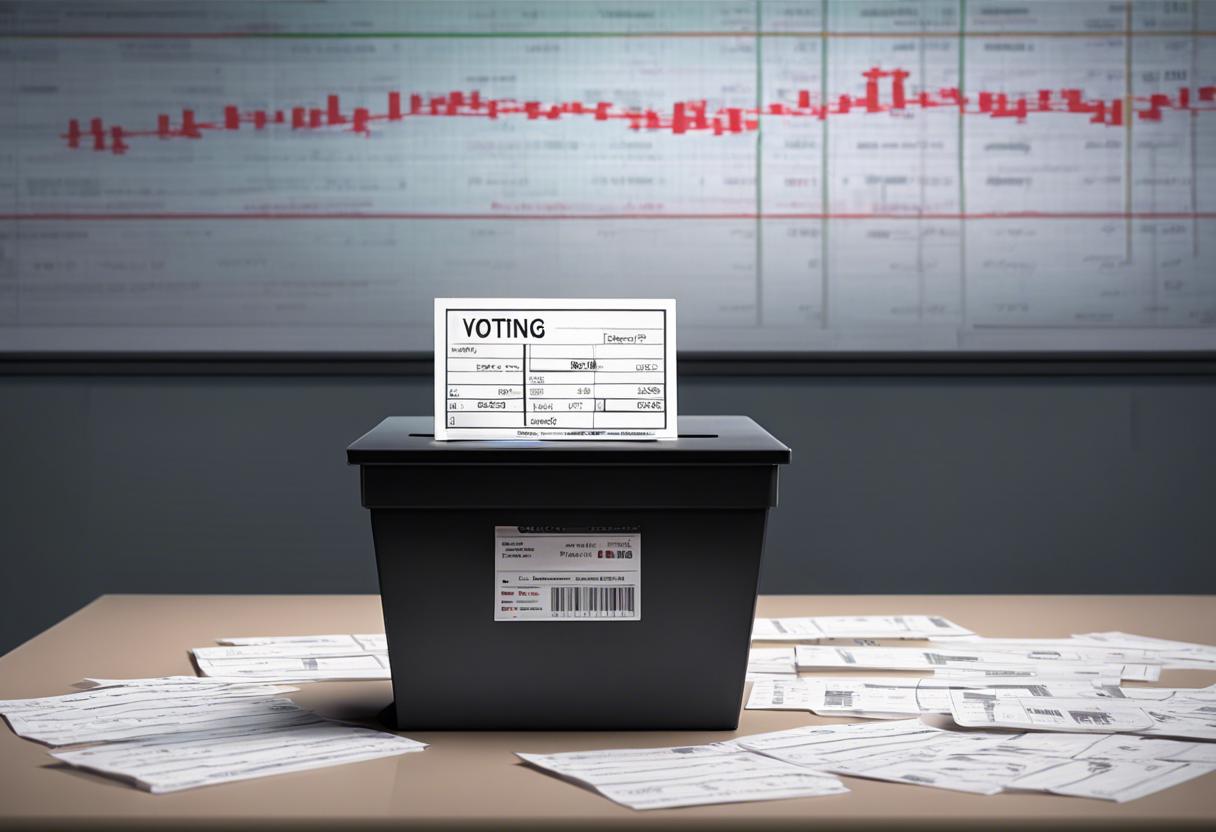The anticipation of a general election in November or December has prompted great attention towards the economic state of affairs, with the Government and opposition parties eager to use this information to their advantage. The Government is eager to showcase its achievements during its tenure, while the opposition party seeks to bring to light ongoing issues, particularly relating to the residential sector. Here, we present five key areas that are likely to influence the campaign narrative.
Changes in house prices and home completions
Without a doubt, these factors significantly impact the Irish economy. There are two critical elements at play here, the pricing and supply of properties. Both variables seem to be moving in undesirable directions for the Government, and the party ideally placed to profit, Sinn Féin, is grappling with its internal issues. Recent data reveals that the inflation of house prices has once again reached double figures, with national values soaring at 10.1 per cent annually until August. This means that an average property within the range of €400,000 to €450,000 is increasing by approximately €3,500 monthly, causing headaches for prospective homeowners. The government’s proposed solution to the crisis, boosting supply, has its problems as well. Last year, new home completions hit a post-crash high of nearly 33,000 but are expected to fall below this figure this year due to a slowing construction industry. Improved rates of housing commencements should increase supply significantly in the years 2025 and 2026.
Budget overspending
Budgetary control, particularly related to health services and the spiralling costs of the national children’s hospital, has been a significant issue for the Coalition. The infamous Leinster House bike shed with a price tag of €336,000 would have caused controversy anywhere but certainly struck a chord domestically. As expected, amidst a generous budget that benefited most, Sinn Féin’s finance spokesman Pearse Doherty raised the coalition’s spending track record. He accused the government of being “habitual spendthrifts.” The ability to effectively manage financial aspects of large infrastructure projects is increasingly important, given our critical need for such infrastructure.
Living costs
While headline inflation rates might have decreased to less than 1 percent in September, Ireland’s high-cost economy remains stagnant and continues to impact the living standards in the country. According to the latest annual survey from Eurostat, Ireland was ranked as the second most expensive EU state after Denmark. Interestingly, Irish citizens are found to be paying 42 percent more for essential goods and services compared to the EU average. It is important to note, however, that average Irish income isn’t 42 percent higher than that of the EU, but the cost of essentials such as rent, electricity, insurance, dining, and even bottled water are sky-high. Interestingly, one of the culprits for this high-cost living is what is often viewed as Ireland’s greatest achievement: multinationals. These corporations offer substantial wages, enabling their workforce to afford the high cost of living. The government’s recent budget announcement aims to alleviate the financial strain many households are experiencing. It is not unlikely related to their proposed doubling of child benefits and welfare payments, right in the middle of the campaign.
In terms of interest rates, although borrowing costs are still high, the European Central Bank’s interest rates are declining faster than anticipated due to slowing inflation. With the wider Eurozone economy decelerating due to the struggling German economy and anticipated fiscal tightening in France, the market predicts a series of interest rate cuts to come between now and the upcoming summer. As per financial experts, this should result in savings for borrowers in Ireland due to decreased annual home loan costs of over €2,000. Combined with the increase in wages, the government could thus argue it has successfully tackled the inflation issue and that the economic scenario is improving. However, a potential pitfall is that the decrease in interest rates could potentially boost property prices in the country.
Regarding business failures, the text does not provide enough information to elaborate further.
The restaurant industry has been severely affected by increased expenses and tightened consumer expenditure over the past three years, leading to a series of prominent closures. Recently, this has been seen in Dublin with Shanahan’s on the Green and Dillinger’s in Ranelagh shuttering their doors, among others. The CEO of the Restaurants Association of Ireland (RAI), Adrian Cummins, has expressed deep concern, highlighting that 612 establishments have already closed, and warning that if circumstances are not improved, a further 1,000 will likely close within the coming year. Industry representatives have initiated campaigns calling for a reduction of the VAT to 9% to help with escalating business expenses, however, these pleas have been largely ignored. Despite this, Peter Burke, the Minister for Enterprise, insists that every business closure is accompanied by the launch of 10 new ventures, signalling that Ireland is a favourable place for business operations. However, this optimistic view doesn’t seem to resonate with the small and medium-sized enterprises (SMEs).

